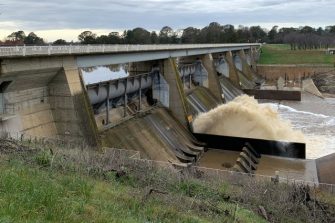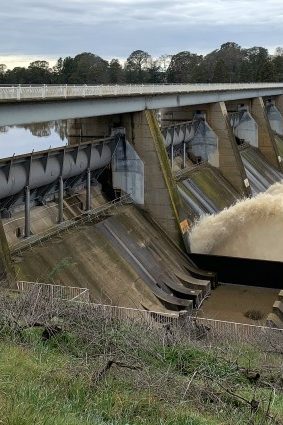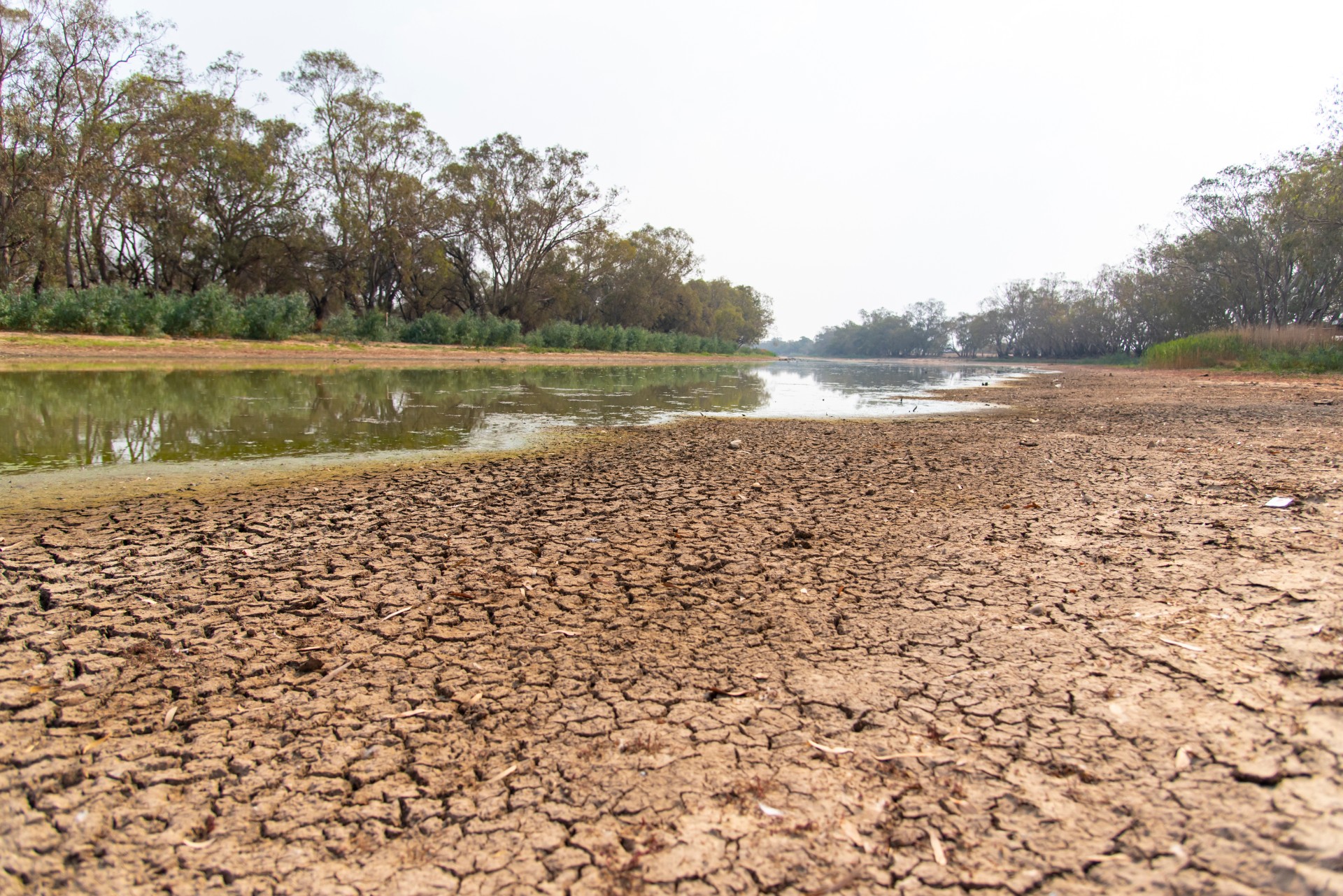Climate change and biodiversity loss are mounting threats to Australia’s water security. So we often hear calls for more dams. But is that the answer?
Our recent research reveals large dam projects are costly gambles with public money. They often fail to deliver promised economic benefits. They also have major environmental, financial and social impacts.
In New South Wales, some members of the Lower Lachlan River community were concerned about plans to expand Wyangala Dam. They first asked us in 2020 to investigate its full costs and benefits, with findings presented at a local workshop in 2022.
The first WaterNSW estimate of capital and operating costs was A$620 million in 2018. Within a few years, it had soared to as much as $2.1 billion. In 2023, the project was scrapped because it wasn’t economically viable.
Similar concerns surround other projects overseas and in Australia, including Hells Gate Dam in Queensland, and Dungowan Dam and Snowy Hydro 2.0 in NSW.
To avoid repeating costly mistakes and mismanaging taxpayers’ money, we need a smarter approach to major water projects. This includes independent assessments and greater transparency, with business cases made public and decision-making open to scrutiny. And planning for climate change must become a priority.
Lessons from past mistakes
Inadequate economic assessments of big dam projects are a global problem. The Grand Ethiopian Renaissance Dam and India’s Subansiri Lower Hydroelectric Project promised big, but had rising price tags and devastating impacts on ecosystems.
In Australia and worldwide, big dam cost overruns can be up to 825%. The average overrun is 120%. This casts serious doubt on such projects’ financial and social viability. Public costs for private gains are a major concern.
Our study reviewed the original business case for the Wyangala Dam expansion. The original study had concluded there would be net social benefits and gave the project the green light.
Our review found the business case was seriously flawed. It overestimated benefits and grossly underestimated physical capital and environmental costs.
Estimated building costs blew out by 239%. If the project had gone ahead, the costs would undoubtedly have increased.
On top of this, assessments of impacts on rivers and wetlands were poor and superficial. They greatly undervalued the environmental effects of expanding the dam, particularly on downstream wetlands.
On the other side of the equation, its benefits were overblown, particularly for water security and agriculture.
Local voices believed many of their concerns had been ignored. There were deep concerns that flood-dependent farmers downstream might lose some of their livelihoods. Indigenous communities were worried about their cultural sites being destroyed.
Our analysis provided a more rigorous assessment of benefits and costs of the Wyangala Dam expansion.
We found total project costs were underestimated by at least 116%. The benefits were inflated by 56%. This meant the true impacts on the environment, agriculture and local communities were misrepresented.
Rethinking Australia’s water future
Our analysis provides a salutary lesson on why we need to rethink water security. Instead of sinking billions into dams, we should find smart and sustainable ways to manage our water.
The fixation on building and expanding dams means innovative alternatives are often ignored. These other options include recycling water, managing demand and carefully recharging aquifers (using aquifers as underground dams).
The National Water Grid Fund exemplifies the misguided “build more dams” mindset. Its portfolio of 61 large water projects has a total capital cost estimate of up to $10 billion.
Despite this massive investment, only 23 of these projects have publicly available business cases. It leaves more than $1.7 billion in committed funding shrouded in secrecy.
This lack of transparency is alarming, given the history of cost overruns and inadequate assessment of environmental damage. It points to the urgent need to reassess our approach to water security. The public has a right to know that their governments are spending wisely.
To avoid repeating costly mistakes and mismanaging taxpayers’ money, we need a smarter approach. Independent business cases should be mandated for all major water projects.
We also need a strong public sector capable of transparent evaluation. Promised new National Environmental Standards as part of reforms to environmental protection laws are likely to require rigorous scrutiny too. We must embrace transparency by opening decision-making to public scrutiny and diverse perspectives, including local voices and Indigenous stakeholders, from the start.
Finally, infrastructure planning must account for long-term climate impacts on water availability. Planning for climate change is vital.
As projects such as the proposed Wyangala Dam expansion demonstrate, Australia can no longer afford to gamble its water future on outdated, costly and environmentally destructive solutions. It’s time to end the wasteful spending.
Instead, we need to channel our efforts into truly effective, sustainable and transparent water management. Strategies must give priority to community needs, First Nations’ water rights, environmental protection and long-term climate resilience.![]()
John Kandulu, Research Fellow, College of Business, Government and Law, Flinders University; Richard Kingsford, Professor, School of Biological, Earth and Environmental Sciences, UNSW Sydney, and Sarah Ann Wheeler, Matthew Flinders Professor in Water Economics, Flinders University
This article is republished from The Conversation under a Creative Commons license. Read the original article.








